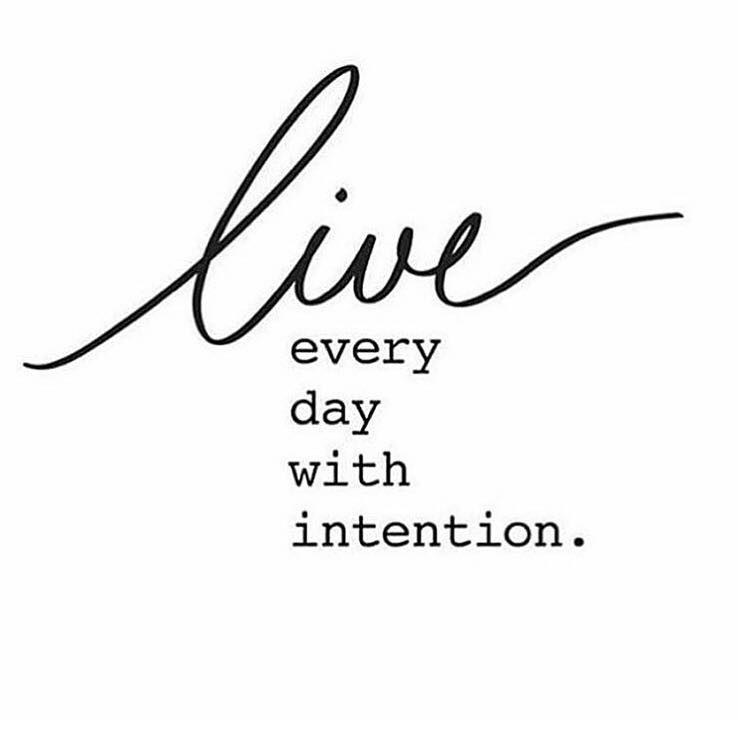“Attitude is a little thing that makes a big difference.” Winston Churchill.
Have you ever been out on your campus, sharing your message with your peers only to later find them doing the same exact thing you encouraged them NOT to do? While it can be discouraging and frustrating it is totally normal because let’s face it, behavior is complicated. In the last post, I introduced the Theory of Planned Behavior, which helps explore the many elements that can contribute to behavior change. In this post, we’re looking at one specific element, Attitude.
In the Theory of Planned Behavior, a person’s attitude is measured by their overall like or dislike towards a certain behavior. The more favorable a person is towards a behavior, the more likely they will try to adopt it. On the flip side, the more unfavorable a person is towards a behavior, the less likely they will try to adopt it. The Theory of Planned Behavior theorizes that attitude can be determined by:
In other words, what does the person believe will happen if they adopt the new behavior, and do they think the outcome is valuable if they were to change?
One of the best ways to help determine a person’s feelings towards certain behaviors is by asking them through discussions on whatever topic you are addressing. If you are for instance, talking about buckling up with someone who you know doesn’t wear their seatbelt, try talking about what they believe would happen if they did start wearing their seatbelt, and how likely they were to try to make the change. If they are unlikely to buckle up every time and feel that seat belts are a nuisance and thus, have a bad outcome, then then you know that there is a BARRIER that can keep them from adopting the habit of buckling up every time. A person must have a positive belief towards a new behavior and find the outcome of the new behavior valuable in order to be willing to change.
A great way to try to help people modify their beliefs is to brainstorm all the possible outcomes, both good and bad, and then help them examine what is needed to achieve outcomes that are more positive. In closing, we encourage you to read up more about teen crash stats to familiarize yourself with the facts and ways to engage your peers in honest discussions about what they believe.
By Lisa Minjares-Kyle
Source: Theoretical Foundations of Health Education and Promotion, M. Sharma and J. Romas
